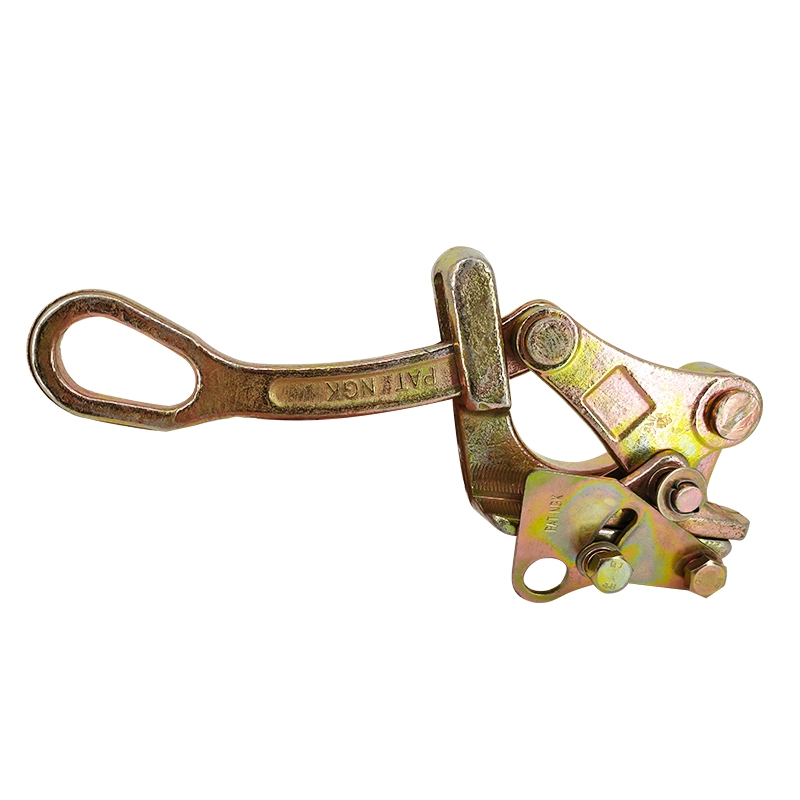
-
 Afrikaans
Afrikaans -
 Albanian
Albanian -
 Amharic
Amharic -
 Arabic
Arabic -
 Armenian
Armenian -
 Azerbaijani
Azerbaijani -
 Basque
Basque -
 Belarusian
Belarusian -
 Bengali
Bengali -
 Bosnian
Bosnian -
 Bulgarian
Bulgarian -
 Catalan
Catalan -
 Cebuano
Cebuano -
 Corsican
Corsican -
 Croatian
Croatian -
 Czech
Czech -
 Danish
Danish -
 Dutch
Dutch -
 English
English -
 Esperanto
Esperanto -
 Estonian
Estonian -
 Finnish
Finnish -
 French
French -
 Frisian
Frisian -
 Galician
Galician -
 Georgian
Georgian -
 German
German -
 Greek
Greek -
 Gujarati
Gujarati -
 Haitian Creole
Haitian Creole -
 hausa
hausa -
 hawaiian
hawaiian -
 Hebrew
Hebrew -
 Hindi
Hindi -
 Miao
Miao -
 Hungarian
Hungarian -
 Icelandic
Icelandic -
 igbo
igbo -
 Indonesian
Indonesian -
 irish
irish -
 Italian
Italian -
 Japanese
Japanese -
 Javanese
Javanese -
 Kannada
Kannada -
 kazakh
kazakh -
 Khmer
Khmer -
 Rwandese
Rwandese -
 Korean
Korean -
 Kurdish
Kurdish -
 Kyrgyz
Kyrgyz -
 Lao
Lao -
 Latin
Latin -
 Latvian
Latvian -
 Lithuanian
Lithuanian -
 Luxembourgish
Luxembourgish -
 Macedonian
Macedonian -
 Malgashi
Malgashi -
 Malay
Malay -
 Malayalam
Malayalam -
 Maltese
Maltese -
 Maori
Maori -
 Marathi
Marathi -
 Mongolian
Mongolian -
 Myanmar
Myanmar -
 Nepali
Nepali -
 Norwegian
Norwegian -
 Norwegian
Norwegian -
 Occitan
Occitan -
 Pashto
Pashto -
 Persian
Persian -
 Polish
Polish -
 Portuguese
Portuguese -
 Punjabi
Punjabi -
 Romanian
Romanian -
 Russian
Russian -
 Samoan
Samoan -
 Scottish Gaelic
Scottish Gaelic -
 Serbian
Serbian -
 Sesotho
Sesotho -
 Shona
Shona -
 Sindhi
Sindhi -
 Sinhala
Sinhala -
 Slovak
Slovak -
 Slovenian
Slovenian -
 Somali
Somali -
 Spanish
Spanish -
 Sundanese
Sundanese -
 Swahili
Swahili -
 Swedish
Swedish -
 Tagalog
Tagalog -
 Tajik
Tajik -
 Tamil
Tamil -
 Tatar
Tatar -
 Telugu
Telugu -
 Thai
Thai -
 Turkish
Turkish -
 Turkmen
Turkmen -
 Ukrainian
Ukrainian -
 Urdu
Urdu -
 Uighur
Uighur -
 Uzbek
Uzbek -
 Vietnamese
Vietnamese -
 Welsh
Welsh -
 Bantu
Bantu -
 Yiddish
Yiddish -
 Yoruba
Yoruba -
 Zulu
Zulu


Dec . 01, 2024 06:58 Back to list
3 ton winch
Understanding the 3 Ton Winch A Comprehensive Guide
When it comes to heavy lifting tools in various industries, winches are indispensable devices. Among the various types of winches available, the 3-ton winch has gained prominence due to its versatility and reliability. Whether used in construction, shipping, or even in recreational activities like off-roading, understanding the functionality and application of a 3-ton winch can significantly enhance operational efficiency.
What is a 3 Ton Winch?
A winch is a mechanical device that is used to pull or lift heavy loads using a spool and cable. The 3 ton designation indicates the maximum weight the winch can safely lift or pull, which is approximately 6,000 pounds. This makes a 3-ton winch suitable for a variety of applications, offering a balance between power and portability.
Types of 3 Ton Winches
Winches can be classified based on their power source manual, electric, and hydraulic.
1. Manual Winches These require human effort to operate and are generally the simplest form. They are often used in situations where electricity is unavailable or impractical. Manual winches are favored for their cost-effectiveness and simplicity, but they may not be suitable for continuous or heavy-duty operations.
2. Electric Winches Common in modern applications, electric winches are powered by electric motors. They offer ease of use and efficiency, making them ideal for tasks where speed and reduced physical effort are prioritized. An electric 3-ton winch can quickly and effectively handle various lifting jobs.
3. Hydraulic Winches These use hydraulic pressure to lift heavy loads, making them incredibly powerful and reliable for industrial applications. While more complex and expensive, hydraulic winches provide superior lifting capabilities and are excellent for continuous heavy-duty use.
Key Features
3 ton winch

When choosing a 3-ton winch, several features should be considered
- Cable Type Most commonly made from steel or synthetic materials, the choice of cable impacts the winch's weight capacity, flexibility, and safety. Steel cables are durable but heavier, while synthetic cables are lighter and easier to handle but may be less durable under certain conditions.
- Gear Ratio The gear ratio determines how effectively the winch can lift heavy loads with less effort. A higher gear ratio indicates a greater mechanical advantage, which translates to easier lifting.
- Built-in Safety Features Look for features such as automatic brakes, safety latch hooks, and overload protection to enhance safety during operation.
- Power Source Compatibility Depending on the application, ensure that the winch’s power source aligns with the operational demands—electric for fast setups or hydraulic for heavy industry work.
Applications of a 3 Ton Winch
The applications of a 3-ton winch are vast
- Construction Essential in lifting heavy materials and equipment, facilitating construction activities efficiently. - Industrial Use In factories and warehouses, winches are crucial for moving large items and managing inventories. - Recreational Activities For off-road enthusiasts or boaters, a 3-ton winch can assist in recovering vehicles stuck in mud or pulling boats from the water.
Conclusion
A 3-ton winch serves as an invaluable asset across multiple industries and applications. Its ability to provide significant lifting power while remaining portable makes it a go-to solution for many heavy lifting tasks. By understanding the various types and features of 3-ton winches, users can select the ideal model suited to their specific needs, ensuring efficiency, safety, and reliability in their operations. Whether for industrial applications or outdoor recreation, investing in a quality 3-ton winch can pay dividends in ease of use and performance.
Latest news
What Are Construction Tools and How Are They Used?
NewsJul.11,2025
Professional-Grade Duct Rodding Tools for Superior Cable Installation
NewsJul.11,2025
Enhancing Safety and Efficiency with Modern Hot Stick Solutions
NewsJul.11,2025
Empowering Cable Installation with Advanced Rodder Solutions
NewsJul.11,2025
Elevate Your Cable Installation Projects with Cable Pulling Tools
NewsJul.11,2025
Efficient Cable Handling Solutions: Cable Rollers for Sale
NewsJul.11,2025











